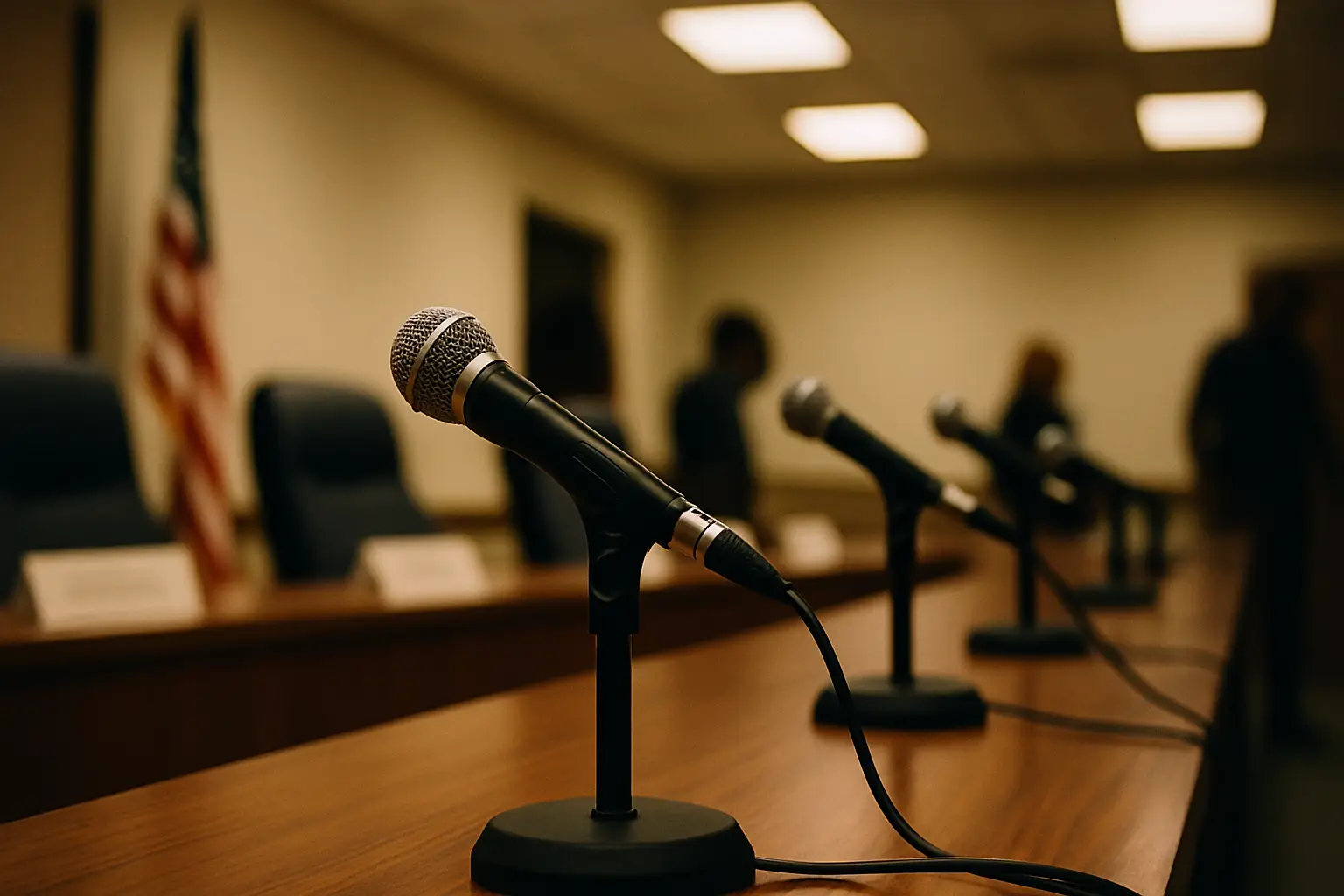What began as community reporting—parents and students describing what they were seeing and experiencing at and around Rio Seco—quickly grew into something larger. Since our first piece, East of 52 has received dozens of tips and direct contacts from families, staff, and stakeholders. This outreach has now been joined by a credible tip that substantially broadens the scope of what must be examined.
Because this new material bears directly on how decisions are made in a public school system, the investigation now widens to include the mechanics of process: what the Education Code requires, what the collective bargaining agreement permits or restricts, and how district policy says these matters are to be handled. That is not an abstract exercise. Parents have asked, repeatedly and in good faith, how decisions were reached and what guardrails exist. The new information points to specific provisions and procedures that can answer those questions with clarity—once verified against the record.
To that end, East of 52 has advanced formal questions to district leadership; the Superintendent has indicated a response will be provided by August 22. In parallel, public-records requests are pending, and interviews are underway with individuals who possess firsthand knowledge of key steps and decision points. The aim is straightforward: test what has been asserted against what can be shown, establish what rules governed the actions at issue, and present a coherent account that neither speculates nor withholds what the public is entitled to know.
In light of newly received evidence, previously published items on this topic are temporarily consolidated during verification. This is a routine editorial measure taken to ensure completeness and clarity and does not reflect any determination regarding earlier publications or the underlying events. A single, integrated update will be issued upon completion of review.
We’re now verifying the new material against the public record. That includes confirming provenance, cross-checking documents through CPRA responses and official archives, rebuilding the timeline from authoritative sources, and testing key claims against applicable Education Code, adopted board policy, and the relevant collective-bargaining provisions. Formal questions are on file with district leadership; any on-the-record response will be weighed alongside documents and firsthand accounts.
Publication will resume when this review is complete. The next piece will deliver a single, coherent account that places verified facts in order, explains the rules that governed each step, and cites records where the law allows. Earlier posts have been consolidated during this process to avoid circulating partial context. We will make clear what is established and what remains contested, observe legal privacy limits, and aim for the clearest picture the public record supports so families and staff can understand how these decisions were made.
Have information that bears directly on what happened and how decisions were made? Please use the contact form below to share what you know. Confidential submissions are welcome, and requests for anonymity will be honored.




